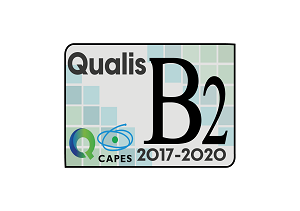Physico-chemical treatment of candy industrial effluents
Keywords:
Effluent, Candy Industry, Physico-chemical Treatment, Improvement processAbstract
The impact of industrial food sector has generated environmental problems with the disposal of wastewater in water bodies. Faced with this problem, the present work studies improvements to the treatment process of an existing confectionery industry. Responses due to the variation of the coagulant concentration (aluminum sulphate) and flocculant (methyl glycidyl azide - GAP) were evaluated. The results were statistically analyzed by Delineation Central Composite Rotational identifying the influential factors on the system. For coagulant concentration above 129 mg.L-1, the apparent color removal is over 74%, while for turbidity remained at 72%. In statistical studies, the GAP flocculant does not show significant values in removing turbidity and apparent color. For the range of concentration studied, the demand removal chemical oxygen (COD) showed no significant variable, but the greater value of removal obtained in a test was 29%.









